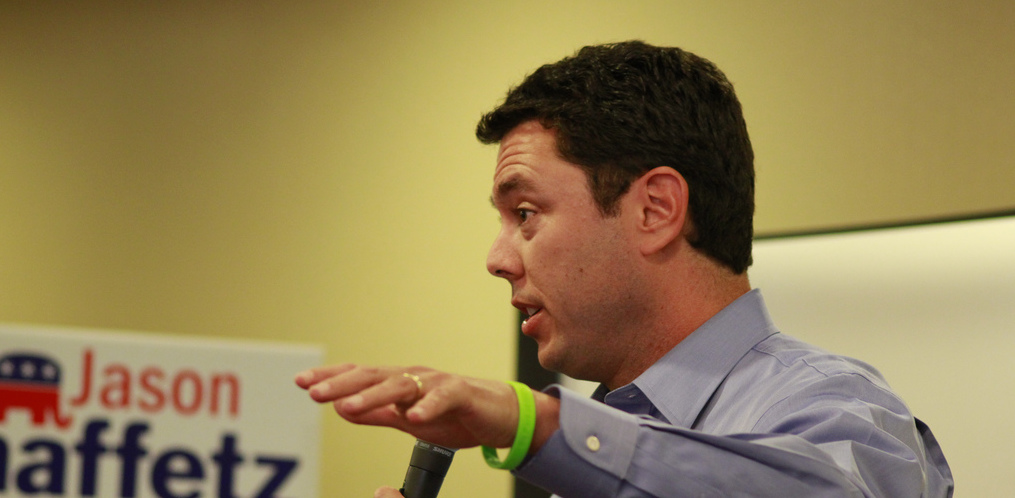Summary
Verified constituency is a simple, but powerful means of creating a collective voice that is difficult to ignore or dismiss.

Recently, my representative, Jason Chaffetz, held a town hall that didn't go so well. He claims that "the protest crowd included people brought in from outside his district specifically to be disruptive." I'm not here to debate the veracity of that claim, but to make a proposal.
First, let's recognize that members of Congress are more apt to listen when they know they are hearing from constituents. Second, this problem is exacerbated online. They wonder, "Are all the angry tweets coming from voters in my district?" and likely conclude they're not. Britt Blaser's been trying to solve this problem for a while.
Suppose that I had four verified claims in my Sovrin agent:
- Address Claim—A claim that I live at a certain address, issued by someone that we can trust to not lie about this (e.g. my bank, utility company, or a third party address verification service).
- Constituency Claim—A claim written by the NewGov Foundation or some other trusted third party, based on the Address Claim, that I'm a constituent of Congressional District 3.
- Voter Claim—A claim that says I'm a registered voter. Ideally this would be written by the State of Utah Election Office, but might need to be done by someone like NewGov based on voter rolls for now.
- Twitter Claim—A claim that proves I own a particular Twitter handle. Again, this would ideally be written by Twitter, but could be the work of a third party for now.1
Given these claims, Sovrin can be used to create a proof that @windley belongs to a verified voted in Congressional District 3. More generally, the proof shows a given social media account belongs to a constituent who lives in a specific political jurisdiction.
Anyone would be able to validate that proof and check the claims that it is based on. This proof doesn't need to disclose anything beyond the Twitter handle and congressional district. No other personally identifying information need be disclosed by the proof.
How would we use this proof? Imagine, for example, a Website that publishes all tweets that contain the hashtag #UTCD3, but only if they are from twitter handles that are certified to have come from people who live in Congressional District 3.
A more ambitious use case would merge these verification with the NewGov GEOvoter API to place the tweets on interactive maps to show where hotspots are. Combined with sentiment analysis, the constituency proof could be used to show political sentiment across the country, across the state, or within the local water district.
Sovrin provides a trusted infrastructure for issuing and using the verified claims. NewGov or someone else would provide the reason for trusting the claims written about verified voters. Eventually these claims should written by the Elections Office or Twitter directly providing even more trust in the system.
Photo Credit: Jason Chaffetz Town Hall Meeting in American Fork, Utah on August 10, 2011 from Michael Jolley (CC BY 2.0).
This post originated in a conversation I had with Britt Blaser.
Notes:
- Twitter is simply one example. We could have claims for Facebook Instagram, other social media, email, or any online tool.




